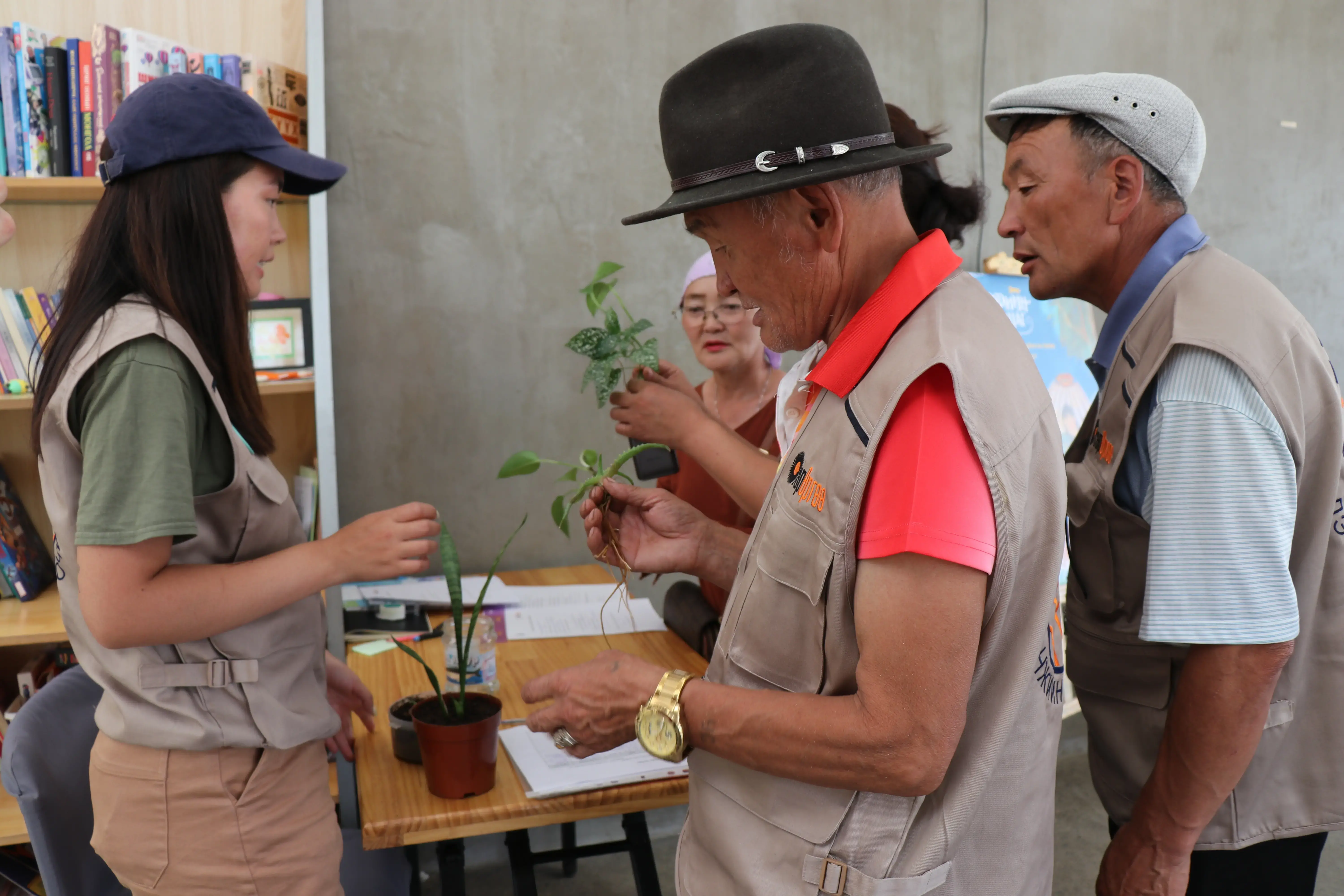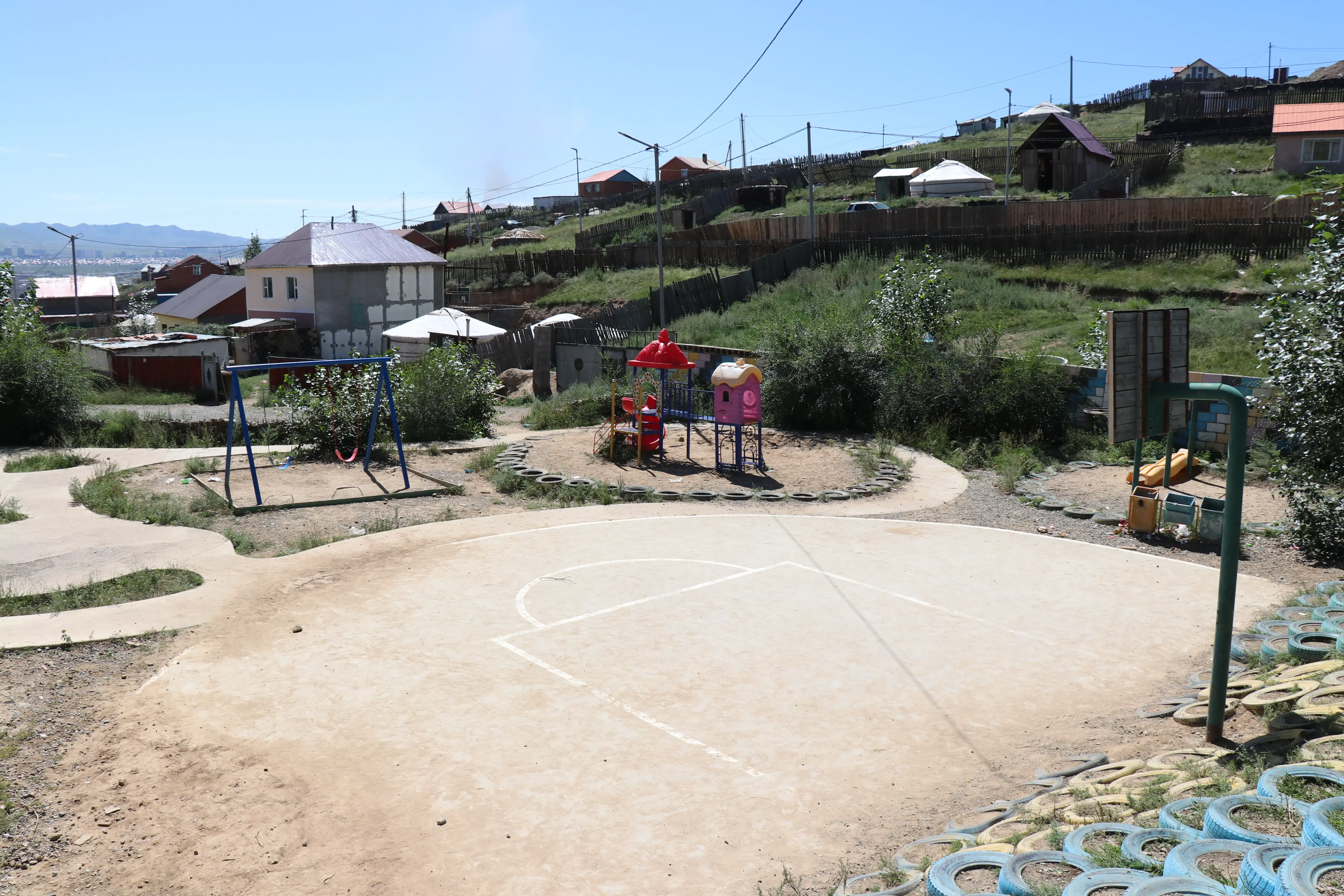
While traveling to Mongolia’s capital to investigate the migration of nomadic herding communities toward cities, I interviewed residents and activists who are working on solutions projects.
Over the course of the 30-minute drive from the Chinggis Khan Airport to Ulaanbaatar, Mongolia’s capital, I traveled through green, pastoral landscapes dotted with sheep before entering an industrial city packed with Stalinist architecture and partially constructed skyscrapers.
This contrast in scenery is emblematic of a greater trend within Mongolia, defined by rapid urbanization and a movement away from traditional nomadic herding lifestyles.

As a nonprofit journalism organization, we depend on your support to fund more than 170 reporting projects every year on critical global and local issues. Donate any amount today to become a Pulitzer Center Champion and receive exclusive benefits!
Ulaanbaatar’s population has approximately doubled in the past two decades from around 800,000 in 2003 to over 1.5 million as of 2022. Many of the city’s new residents have settled in areas in the metro area’s periphery, where they set up traditional housing settlements of gers—portable circular houses made of felt—commonly referred to by their Turkic term as “yurts.”
My initial interest was to investigate the challenges resulting from the rapid migration and shift toward consolidated living—including inadequate systems of sanitation and plumbing, as well as underdeveloped public health resources and lack of access to food.

During the research stage, the reporting that I consumed through publications including Al Jazeera, the World Bank, and The New York Times described these ger districts as “shantytowns” and even “slums,”and included photos and words that conjured images of claustrophobic living, extreme pollution, and poverty.
These articles suggested that traditional nomadic herders were relocating to urban areas due to climate change-related factors, including droughts and extreme winter storms, which endangered livestock as well as the health and safety of the herders themselves. Reporting from major publications portrayed relocating to ger districts as a last resort, representing a decline in quality of life for herders.
My visits to Songinokhairkhan, the most rapidly growing ger district, revealed a much more complicated reality. The primary factor motivating incoming residents to move to this ger district was education, as well as a greater variety of employment opportunities. The residents of the district had formed vibrant communities and were embarking on ambitious projects to improve quality of life.
“Ulaanbaatar was originally a nomadic city, so our original form of the city was ger areas,” said Daria Azbayar, a program officer at GerHub, an Ulaanbaatar-based nonprofit that works with ger areas to devise plans to reduce pollution, combat food insecurity, and create sustainable solutions. “We lived in gers, so that's why it's a very big part of heritage for us as urban citizens of Mongolia.”

Ulaanbaatar’s history of mobility dates back to the 17th century, when it was founded in the form of a mobile monastery surrounded by gers. The city moved more than 24 times before eventually reaching its current location in the 18th century.
Sambuu Urtnasan, a resident of Songinokhairkhan for more than 25 years, originally came to Ulaanbaatar seeking job opportunities. He regularly attends events hosted by GerHub, including a community gardening club. While he believes that the pollution in the area negatively impacts his health in the winter, he loves living in the ger area because of the sense of community.
“I met many of my neighbors and interacted with many children of the area, and it brings me lots of joy to see them learn and grow,” Urtnasan said. “It’s where life happens.”









